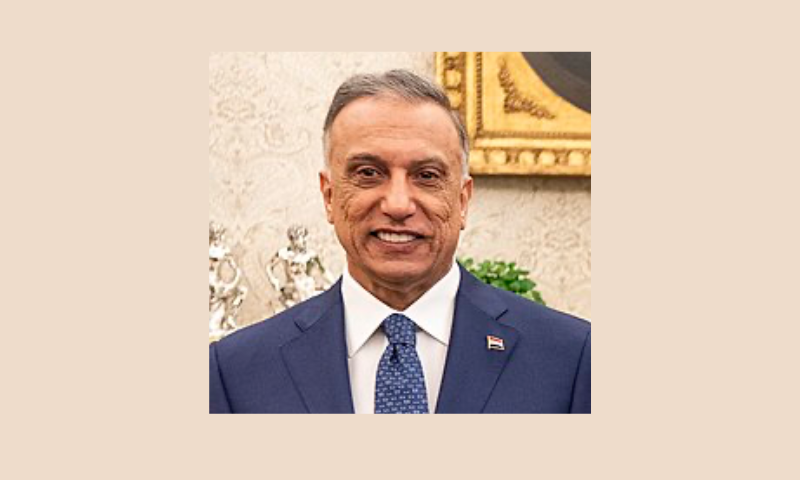Simona Foltyn
Boston Review, Mar. 15, 2023
“… the government’s role in the August clashes deserves closer examination, not least because prime minister Kadhimi was Washington’s man in Baghdad.”
Abbas stood in front of the state television station when the first bullet whizzed by. The thirty-something had been deployed there alongside hundreds of other soldiers from the prime minister’s special division, charged with protecting the government quarters known as the Green Zone. He instinctively reached for his gun, only to remember he didn’t have it.
It was August 29, 2022. Iraq had been on edge since a parliamentary election was held eleven months prior, paralyzed by political deadlock between rival Shia parties, the threat of clashes between their military wings hanging in the air. Influential Shia cleric Muqtada al-Sadr, whose party had won the elections, had withdrawn from the political process after failing to form a government. The long-feared possibility of an intra-Shia war seemed to inch closer when reports circulated that the cleric’s followers, the Sadrists, were planning to take power by force.
Iraq was being run by a caretaker government headed by then-prime minister Mustafa al-Kadhimi. The day before the fighting began, the commander in charge of the prime minister’s special division ordered an entire battalion to the gates of the state television station, called Iraqiya, located on the edge of the Green Zone. Word among the soldiers was that the Sadrists would overrun the seat of government and storm Iraqiya to proclaim a coup d’état. “A state falls through the media. If Iraqiya fell, the government would fall as well,” Abbas later told me.
Abbas knew the special division had the military capability to defend the Green Zone from an incursion by Sadr’s zealous but poorly trained, ragtag militia. After all, his was a well-trained elite unit entrusted with the lives of the prime minister, visiting heads of state and even Pope Francis when he came to Iraq in 2021 in what now seemed a distant moment of peace and unity. The division consisted of thousands of soldiers who were equipped with U.S. weaponry, including 125 Humvees and 27 Abrams tanks.
… [To read the full article, click here]


